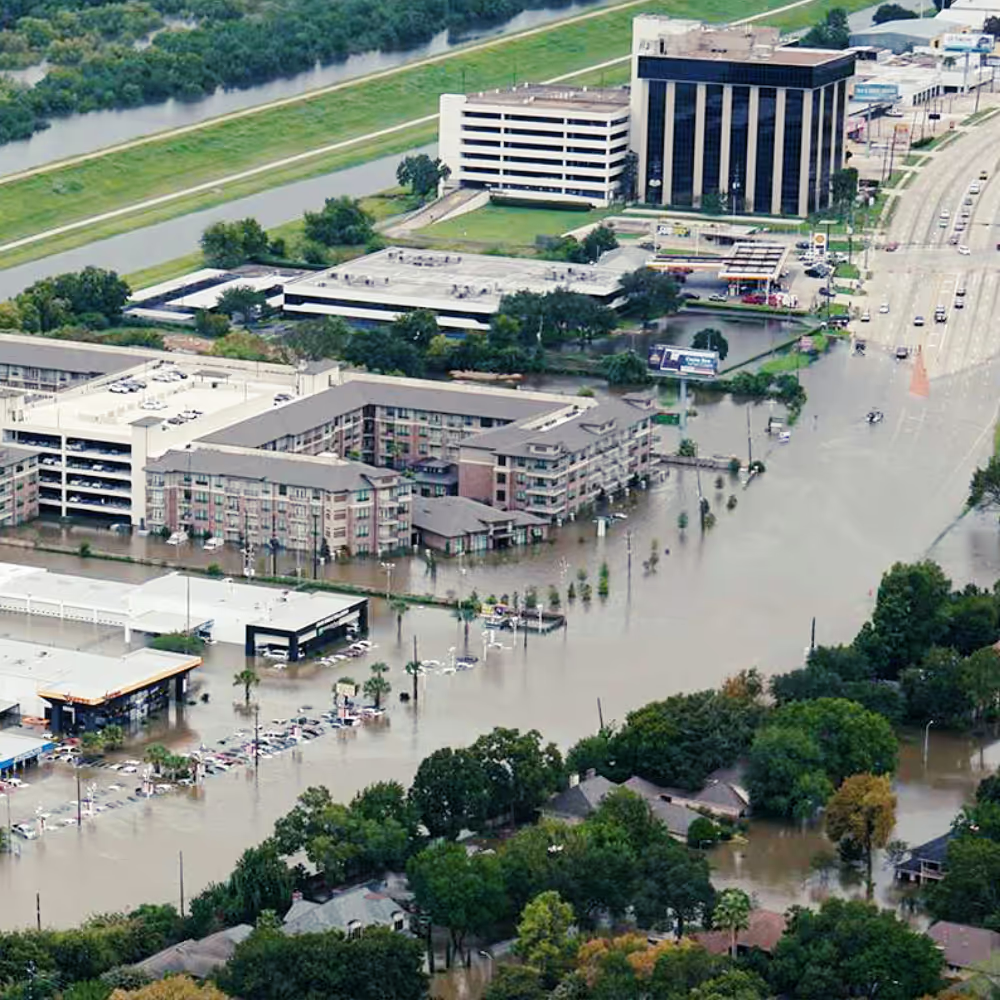Unless your Louisiana based business has flood insurance, you’re faced with three choices for your business: paying recovery costs out of your own pocket, taking out a loan (thus incurring debt), or closing your doors- maybe even permanently. Unfortunately, many businesses are forced to choose the third option. Make sure your Louisiana based business is protected with Flood Insurance.
Get a Quote